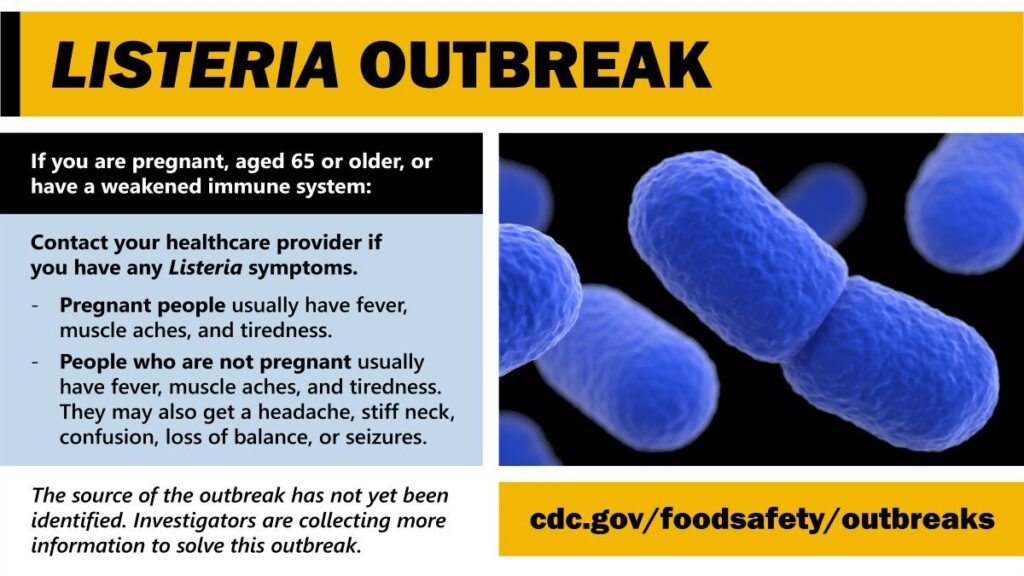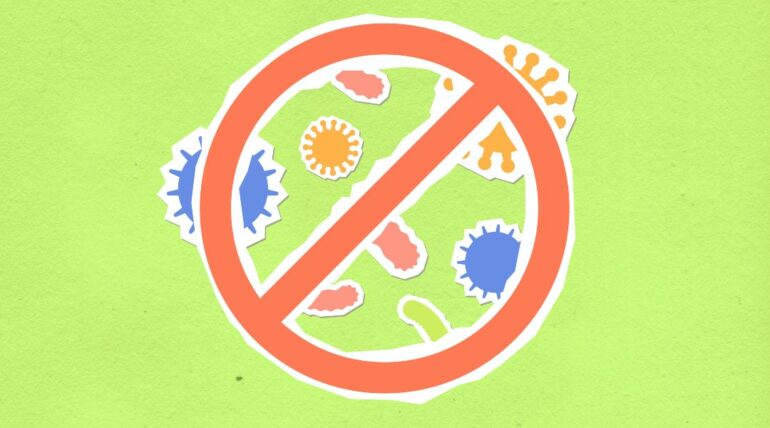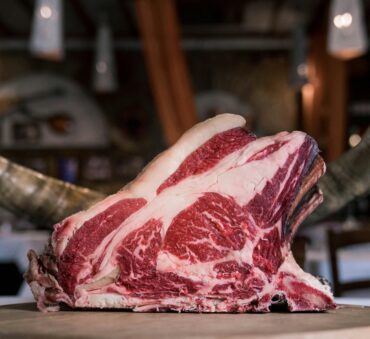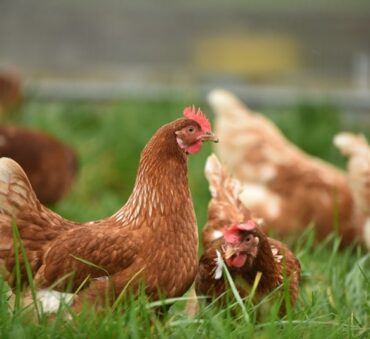Food recalls are critical safety measures in the food industry.
In 2022 alone, there were 131 food recalls in the US. 49 of these cases were due to Listeria and Salmonella contamination.
But how do you recall Listeria-contaminated food timely and efficiently?
Let’s uncover how your business can tackle Listeria outbreaks, ensuring your company is well-equipped to protect both consumers and your brand.
Key Takeaways
- Robust monitoring systems and routine checks can help identify and address potential Listeria contamination before an outbreak occurs.
- Open and honest communication with stakeholders, retailers, and the public during a recall is vital for maintaining trust and safety.
- Understanding potential legal consequences and having a well-detailed emergency response plan can save companies from the pitfalls of a recall.
- Post-recall analysis, enhanced safety measures, and staff training are critical for preventing future Listeria incidents and upholding food safety standards.
What is Listeria?
Listeria is a resilient microorganism that thrives in various environments.
But how does it get to our food?
It often finds its way into food through contaminated soil, water, or equipment. Its ability to grow in cold conditions (unlike many other bacteria) makes it a formidable foe for food manufacturers.
When consumed, Listeria can cause serious health issues, especially among vulnerable groups like the elderly, pregnant women, and individuals with weakened immune systems. It can lead to severe infections, including:
- Meningitis
- Septicemia
- Gastroenteritis
In some cases, it can be even fatal.
Listeria outbreaks not only jeopardize public health but also pose substantial risks to food businesses. That means food manufacturers must have well-defined preventative processes and know how to respond timely to such outbreaks.
The Historical Context: Notable Listeria Food Recalls
Listeria contamination instances usually involve multiple individuals falling ill due to the consumption of tainted food or beverages.
But what foods have been recalled for Listeria in the past years?
Here are a few significant historical cases of Listeria product recalls:
1. “Ice Cream House” Ice Cream and Frozen Dessert Products
In the recent recall incident (August 2023), a range of frozen dessert products, including ice creams, cakes, and pies bearing the “Ice Cream House” logo, faced a nationwide recall due to Listeria contamination.
These tainted treats, found both in Ice Cream House store locations and grocery stores across multiple states, posed a significant health risk. The outbreak strain of Listeria was traced back to a mini dessert cigar and ice cream cups produced by The Ice Cream House.
2. Leafy Greens Listeria Outbreak
The leafy greens industry faced a daunting challenge when a Listeria outbreak struck in June 2023. Though epidemiological data pointed to leafy greens as the likely culprit, the specific source or producer remained unknown.
People who fell ill reported consuming iceberg and romaine lettuce, indicating a potential connection. Leafy greens and packaged salads from various brands and stores were implicated in this outbreak, emphasizing the complex nature of contamination tracing in the food supply chain.
3. Brie and Camembert Cheese Listeria Contamination
Brie and Camembert cheese lovers were in for an unsettling surprise as a Listeria outbreak emerged in December 2022, traced back to cheese produced by Old Europe Cheese, Inc.
Four out of five individuals interviewed reported consuming these products, with one person specifically mentioning Lidl Premium Brand Brie. The outbreak strain was identified in the Old Europe Cheese facility, leading to a widespread recall of brie, camembert, and baked brie cheeses.
4. Listeria Outbreak Linked to Fully Cooked Chicken
Frozen, fully cooked chicken products from Tyson Foods Inc. triggered a large-scale recall due to Listeria contamination. While the recall was initiated in July 2021, these frozen chicken items, with their lengthy freezer life, may still lurk in some freezers, underscoring the need for vigilant monitoring of recalled products.
5. Multistate Outbreak of Listeriosis Linked to Frozen Vegetables
A far-reaching outbreak of Listeriosis brought frozen vegetables into the spotlight in 2016. The outbreak, originating from frozen vegetables produced by CRF Frozen Foods, spanned multiple states and resulted in nine hospitalizations and three tragic deaths.
CRF Frozen Foods recalled 11 frozen vegetable products due to potential Listeria contamination, later expanding the recall to encompass all organic and traditional frozen vegetable and fruit products processed in their facility since May 1, 2014. This extensive recall affected over 350 consumer products sold under 42 separate brands.

The Process of a Food Recall Due to Listeria
When it comes to Listeria, a swift and well-defined food recall plan is not just good practice but a critical necessity.
Let’s break down the Listeria food recall process into actionable steps you can follow:
Early Detection & Vigilance
Early detection is pivotal in reducing the risk related to food recall due to Listeria. It hinges on two critical aspects:
- Monitoring systems: Robust internal monitoring systems are the first line of defense. They continuously scan various aspects of production, from ingredients to packaging, and swiftly detect any hint of possible contaminants like Listeria.
- Routine checks: Regular quality checks and third-party inspections are vital. They provide an additional layer of vigilance, ensuring that even subtle irregularities are identified promptly. These routine checks ensure consumers are safe and maintain a company’s reputation.
Detection & Confirmation
Once potential contamination is suspected, swift and decisive actions are necessary. This phase includes:
- Internal alert mechanisms: Establish clear communication channels to promptly share potential issues internally. This ensures that key decision-makers are informed and can initiate the necessary steps without delay.
- Quarantining affected batches: In cases of suspected contamination, halting the distribution process is crucial. This action prevents potentially contaminated products from reaching consumers. Isolation and containment are the immediate priorities in safeguarding public health and your brand’s integrity.
Validation & Engagement with Authorities
When a potential contamination is confirmed or strongly suspected, engaging with the relevant authorities is imperative. This step involves:
- Reporting to authorities: Timely and accurate reporting of potential contamination to regulatory agencies ensures that appropriate measures can be taken swiftly to protect public health.
- Collaboration with authorities: You should also cooperate with regulatory bodies throughout the investigation and recall process. Transparent and proactive engagement with authorities is key to resolving the issue efficiently and effectively.
Managing a Recall
In the unfortunate event of a food recall due to Listeria contamination, efficient management is paramount. Here’s what this crucial phase entails:
- Transparent communication: Open and honest communication is the bedrock of effective recall management. This includes promptly notifying stakeholders, retailers, and the public about the recall. This not only ensures the safety of consumers but also maintains trust in your brand.
- Food recall logistics: This step involves meticulous planning and execution. It encompasses everything from the collection of affected products to their safe disposal. Professional disposal services like Shapiro play a vital role in ensuring that contaminated products are properly handled, minimizing environmental impact, and adhering to regulatory requirements.
- Legal implications: While navigating a recall, it’s essential to be aware of potential legal consequences. Understanding your legal obligations and responsibilities is critical to mitigate risks and protect your company’s interests.
- Emergency response plan: Having a well-detailed emergency plan in place is proactive risk management. It ensures that your organization is prepared to respond swiftly and effectively to potential contaminations, minimizing harm and safeguarding your reputation.
Damage Control & Public Relations
In the event of a food recall due to Listeria contamination, the following steps are crucial to manage the situation effectively:
- Crafting the message: Develop a clear and concise message for the public, stakeholders, and retailers. In the message, you should provide essential information about the recall without causing unnecessary panic.
- Engaging with media: Focus on handling press releases, interviews, and media interactions to ensure accurate reporting and maintain public trust.
- Restoring consumer trust: Implement campaigns or initiatives to rebuild trust with consumers post-recall, demonstrating your commitment to food safety and quality.
Post-Recall Review
After the recall, it’s essential to analyze the incident thoroughly. This includes:
- Analyzing the incident: Understanding the precise sequence of events leading to contamination is crucial. This analysis unveils the root causes and identifies gaps within the current system.
- Enhancing safety measures: The post-recall phase is an opportunity to embrace advanced methods and technologies that can elevate food safety standards. Staying at the forefront of food safety innovations is key to reducing future risks.
- Staff training: Lastly, a well-informed and trained workforce is your first line of defense. Continual staff training ensures that your team is not only well-versed in food safety protocols but also proactive in implementing them to prevent future occurrences.
Conclusion
The risk of Listeria contamination in your food production facilities requires vigilance, rapid response, and comprehensive strategies to mitigate risks.
As we’ve explored the intricacies of handling food recalls due to Listeria, one thing becomes abundantly clear – the need for expert guidance.
This is where Shapiro steps in as your trusted partner. Our expertise, combined with cutting-edge food waste recycling solutions, ensures swift, efficient, and safe management of recalled food products. Partner with us today and protect your brand and public health.
Listeria Food Recalls FAQs
Next, let’s look at the answers to some commonly asked questions:
Listeria can be found in various foods, but it is mostly associated with ready-to-eat foods, especially those stored in refrigeration. This includes:
1. Deli meats
2. Soft cheeses
3. Smoked seafood
4. Some vegetables, like sprouts
It can also be present in unpasteurized dairy products and certain processed foods.
Yes, thorough cooking can kill Listeria. Heating foods to an internal temperature of at least 165°F (73.9°C) can effectively destroy the bacteria. However, it’s important to ensure that cooked food is stored and handled properly afterward to prevent recontamination.
Washing alone may not completely remove Listeria from contaminated foods. While rinsing fresh produce can help reduce the risk, Listeria can be challenging to eliminate entirely. Cooking, rather than washing, is the most reliable way to ensure Listeria is killed.
While vinegar can help clean surfaces and reduce the risk of contamination, it’s not a guaranteed method to prevent Listeria. Proper food handling, storage, and cooking practices are more effective in reducing the risk of Listeria contamination in food products.
Baily Ramsey, an accomplished marketing specialist, brings a unique blend of anthropological insight and marketing finesse to the digital landscape. Specializing in educational content creation, she creates content for various industries, with a particular interest in environmental initiatives.



